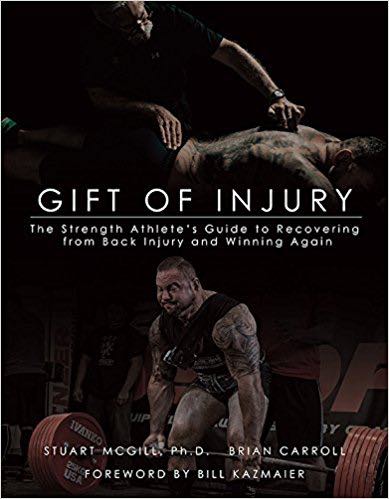19 Sep Pain-Free Doesn’t Mean Healed: Lessons from Back Injury Recovery
Article Rundown
- Pain-free does not equal healed—recovery requires patience and gradual rebuilding.
Repeating pain triggers too soon is like “picking a scab” and delays healing. - The spine is a “black box,” so progress must be tracked through milestones, not guesses.
- True recovery demands discipline, trust, and respect for biological timelines.
The Misconception of “Pain-Free”
One of the hardest lessons for people dealing with back injuries is understanding that pain-free doesn’t mean healed. In my own journey, I learned this the hard way. After being out of pain for months, I assumed I was in the clear and pushed too fast. The reality is that the absence of pain doesn’t mean your tissues have fully recovered or adapted to handle the demands of heavy training, work, or even daily life.
Too often, I see lifters, soldiers, and weekend warriors get pain-free and rush back into their old habits. Within months, they end up right back where they started—or worse. Healing requires time, patience, and a progressive rebuilding of capacity. For me, it took 18 months before I was ready to handle the brutal forces of squatting, benching, and deadlifting at the highest level again.
Spine Hygiene and “Picking the Scab”
Dr. Lysander Jim echoed this exact struggle in our conversation. He described it as “picking the scab.” Just because pain has wound down, people feel tempted to test their trigger movements—to see if the pain is really gone. But like reopening a wound before it scars over, this delays healing and sometimes causes even greater setbacks.
Dr. Jim writes about this in his own work on spine hygiene, emphasizing the importance of avoiding pain triggers even when you feel better. He warns that mistaking a pain-free back for a fully healed one is one of the most common barriers to recovery.
The Black Box of Healing
One of the challenges with back injuries is that you can’t see the healing process. Unlike a surgical incision where you can visually track scarring, the spine is hidden—a “black box,” as Dr. Jim puts it. Patients rely on feedback from their own symptoms and the interpretation of their clinician or coach.
The problem is that our culture celebrates pushing through, grinding harder, and refusing to back off. High-achieving individuals—athletes, professionals, soldiers—often excel because of this mindset. But biological systems don’t follow the same rules as business growth or technology. You can’t force a faster recovery. You can double your revenue in a year, but you can’t double your healing speed.
The Role of Credibility and Trust
Something Dr. Jim pointed out that resonated with me is the power of credibility. When patients hear the “slow down” message from someone who has been under the heaviest weights in the world, it carries weight. As he said, he can explain the same principle, but some people listen more closely when they hear it from me—a powerlifter who’s lived it.
Still, even with the best coaching, some people resist. Some come in skeptical, never fully trusting the process. Others want a crystal-ball prediction: How long until I’m healed? When can I get back to normal? The truth is messy. Some recover quickly, others need surgery, and many fall somewhere in between. Honest coaching means balancing realism with hope.
Progress Measured by Milestones
The most practical takeaway is to stop looking for an exact finish line and instead focus on milestones. Can you get through your daily activities without pain? Can you perform spine-sparing movements consistently? Each checkpoint builds confidence and capacity. That’s how recovery is earned—not by skipping steps, but by stacking small wins over time.
Final Thoughts
Both Dr. Jim and I see the same struggle: people confuse pain relief with true healing. It’s human nature to want quick answers and faster timelines, but the spine doesn’t work that way. The process requires discipline, trust, and patience. Whether you’re a competitive lifter, a soldier, or a weekend athlete, the principle remains the same—respect the biology, avoid your triggers, and earn your progress step by step.









Sorry, the comment form is closed at this time.